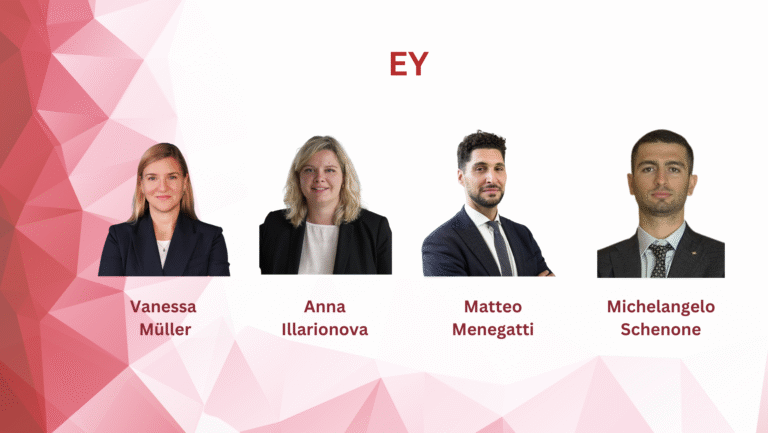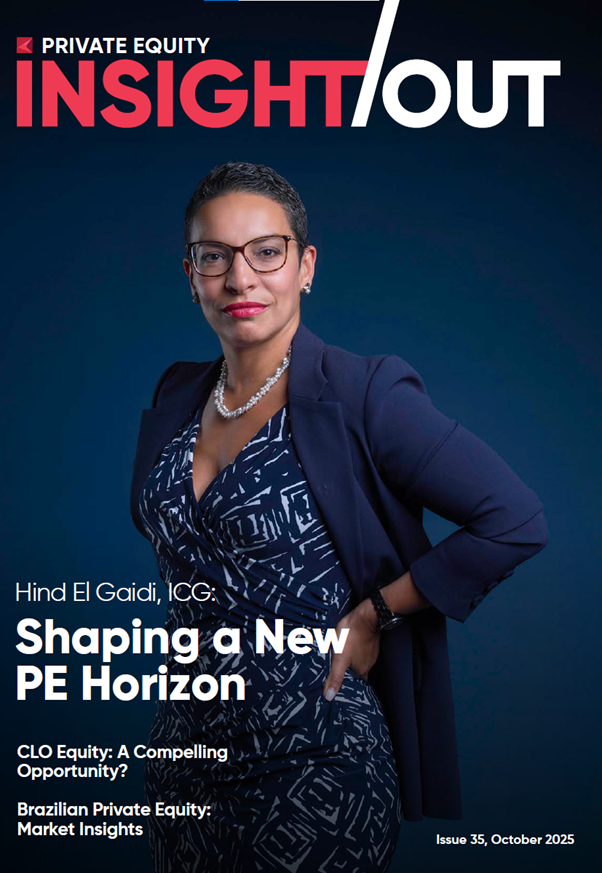By: Aude Lemogne and Aymeric Thuault, Managing Directors and Co-Founders of
LINK Management
The Art Market in 2021
In 2020, in line with global shifts, the art market experienced a ‘digitalization wave’: auctions houses, galleries and international art fairs faced the challenge of migrating their activities online. Digital auctions have been quite successful for the major auction houses, whilst art fairs displayed far more muted results with their digital showrooms. Besides the digitalization challenges, a few profound trends in 2020 are noteworthy. We observed:
- A rebalancing of art history in favor of women and artists of color, and the powerful narrative of inclusion and diversity.
- An acquisition frenzy at the market’s most speculative end, pushing newcomers and shooting stars into unseen price territory for that category (this trend partly overlaps with the preceding one).
- And a sustained enthusiasm for young and often untested artists, with limited museum and market validation (according to Arttactic, auction sales for artists 40 and younger at the top three houses surged 54%).
Combined sales at Christie’s and Sotheby’s, in USD
Naturally these trends need to be put in the specific context of the pandemic and the broader tendencies of the economy.
Indeed, supply of blue-chip artists* has been constrained, as collectors were wary of uncertain economic conditions and skeptical of the effectiveness of virtual marketing of consigned artworks.
*Blue chip artworks are those which have been created by the most important and widely recognized artists, whose position in the auction market has been solidified by exceptional sales volumes over the course of several years.
At the same time, boredom during the pandemic and excessive liquidity supported speculative behaviors that naturally favored emerging artists (lower entry prices, higher supply levels, speedier rewards).
And, as also observed in financial markets, existing trends reinforced themselves (winners rising further, with no or very limited corrections and consensus chasing the same momentum trades).
Kazuo Shiraga
Early 2021: numerous fundamentals have not changed yet
- Liquidity is still exceptionally high
- Political uncertainties have increased
- The disconnect between financial market performance and the real economy persists
- Safe haven assets have become expensive, but simultaneously essential for asset allocations purposes, notably as a hedge against monetary debasement, potential inflation and unexpected financial disruptions
- And to top it, a negative real rate environment is exacerbating the search for yield.
Winners and Laggers
In that context, blue-chip works of art and artworks that demonstrate attributes of scarcity and superior quality, will continue to attract inflows of liquidity, as they will be viewed as a hedge against inflation and monetary debasement.
Simultaneously, the speculative instincts, sharpened by a search for yield (and ideally rapid profits), should continue to support the bubbly end of the market in the short-term.
In this scenario, the laggers will be Tier 2 quality works of art and to a certain extend the mid-market, where neither the prospect of a sharp price appreciation, nor the safe haven attributes to lure collectors to engage markedly. Why should you rush to buy an artwork, when you know that no near term catalyst can truly impact its value positively (unless it’s a ‘coup de coeur’)?
This pattern was already discernable in early 2020; the growth drivers of contemporary auction sales came from the high-end and to a lesser extent, from emerging artists.
Mei Moses Art Indices from H1 2019 to H1 2020
As these second tier/ mid-market works represent the majority of the art supply, it will become essential, now more than ever, to adopt a very selective approach in any acquisition process, in terms of aesthetics, historical significance and market momentum.
The outlook for art secured financing
As the collectors’ audience is shifting to a younger crowd with a higher percentage of entrepreneurs, the appetite for leveraging their collection is evolving.
Indeed, a new generation of collectors increasingly manages their art collection as a capital asset, from which they can unlock and redeploy capital into other investment areas and they can capture value appreciations of individual works of art, without giving up future upside.
In addition, as economic uncertainties might linger on, bridge financing to a sale will remain an attractive option for collectors.
As Mei Moses highlighted, one factor explaining the art market’s resilience in 2020 (especially in comparison with 2009) is the robustness of the art lending industry. Indeed, it has supported the art market, by allowing collectors to avoid distressed selling situations, and has kept the volume of offers light versus an increasing number of bidders.
*LINK Management is an art wealth management firm, and advising private collectors and family offices, and transacting in multi-million works of art.
LINK Management has set-up, with the banking group Reyl & Cie, Griffin Art Partners, a proprietary securitization fund that provides non-recourse, art-backed loans.
Each loan is structured by issuing notes with an international ISIN code and financed by a limited pool of institutional and private investors, looking for yield on a short-to-medium term horizon. Art backed notes provide an exposure to art but with reduced risk, (maximum loan-to-value of 50%) while generating a fixed return of 5% to 10% per annum.







